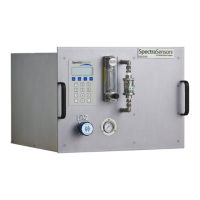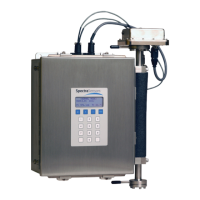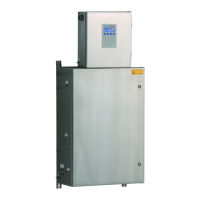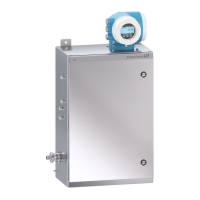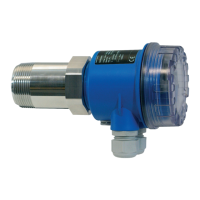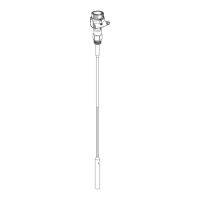SS2100i-1 Gas Analyzer
1–8 4900002224 rev. E 12-18-20
Differential TDLAS
Similar to TDLAS, this SpectraSensors technology involves subtracting two
spectrums from one another. A “dry” spectrum, a response from the sample
when the analyte of interest has been completely removed, is subtracted from
the “wet” spectrum, a response from the sample when the analyte is present.
The remainder is a spectrum of the pure analyte. This technology is used for
very low or trace measurements and is also useful when the background matrix
changes over time.
Wavelength modulation spectroscopy (WMS) signal detection
SpectraSensors takes the fundamental absorption spectroscopy concept a step
further by using a sophisticated signal detection technique called wavelength
modulation spectroscopy (WMS). When employing WMS, the laser drive
current is modulated with a kHz sine wave as the laser is rapidly tuned. A lock-
in amplifier is then used to detect the harmonic component of the signal that
is at twice the modulation frequency (2f), as shown in Figure 1–4. This phase-
sensitive detection enables the filtering of low-frequency noise caused by
turbulence in the sample gas, temperature and/or pressure fluctuations, low-
frequency noise in the laser beam or thermal noise in the detector.
With the resulting low-noise signal and use of fast post-processing algorithms,
reliable parts per million (ppm) or parts per billion (ppb) detection levels are
possible (depending on target and background species) at real-time response
rates (on the order of 1 second).
Normalized
2f Signal
Wavelength [a.u.]
Signal [a.u.]
Figure 1–4 Typical normalized 2f signal; species
concentration is proportional to the peak height
2f Peak
Height

